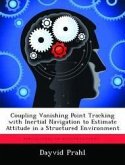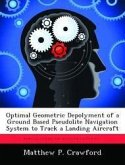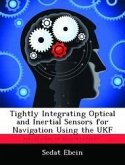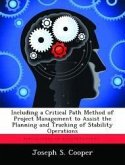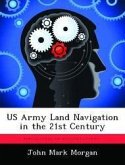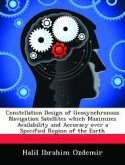This research effort examines the reduction of error in inertial navigation aided by vision. This is part of an effort focused on navigation in a GPS denied environment. The navigation concept examined here consists of two main steps. First, extract the position of a tracked ground object using vision and geo-locate it in 3 dimensional navigation frame. In this rst step multiple positions of the UAV are assumed known; think of a synthetic aperture. The only information about the tracked ground objects/features is the unit vector that points to the objects from the center of the camera. Two such vectors give enough information to calculate the best estimate of the position of the tracked object in a 3 dimensional navigation frame using the method of least square. Concerning the second step: checking observability for the 3-D case shows that at least 2 objects need to be tracked. In practice one needs to track more than two objects to wash out the measurement error and obtain good results.
Hinweis: Dieser Artikel kann nur an eine deutsche Lieferadresse ausgeliefert werden.
Hinweis: Dieser Artikel kann nur an eine deutsche Lieferadresse ausgeliefert werden.


